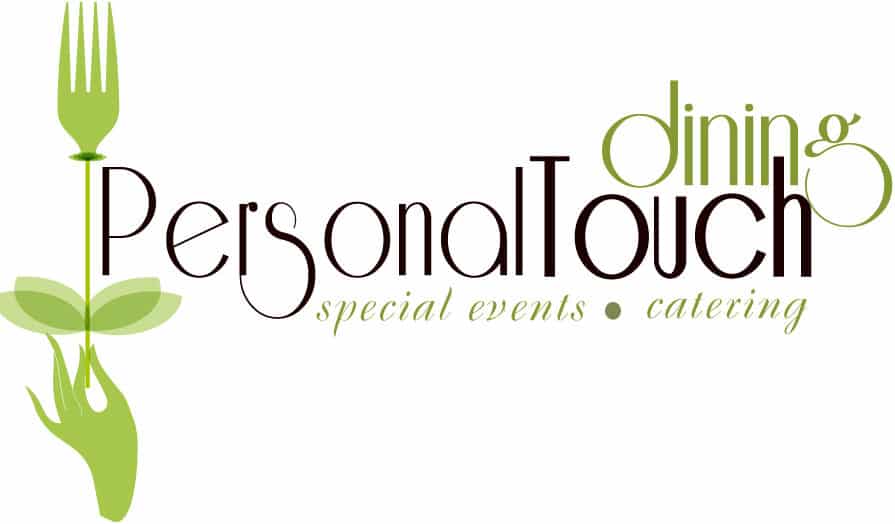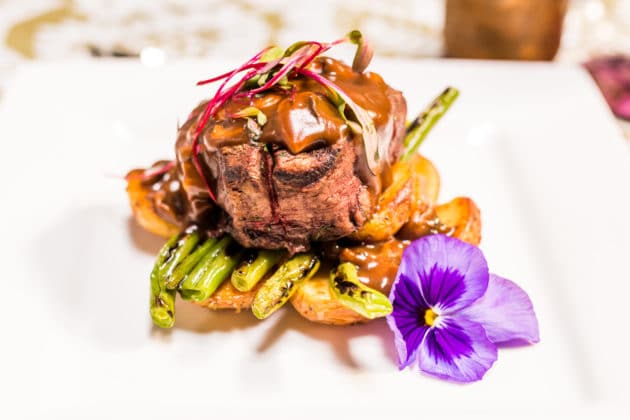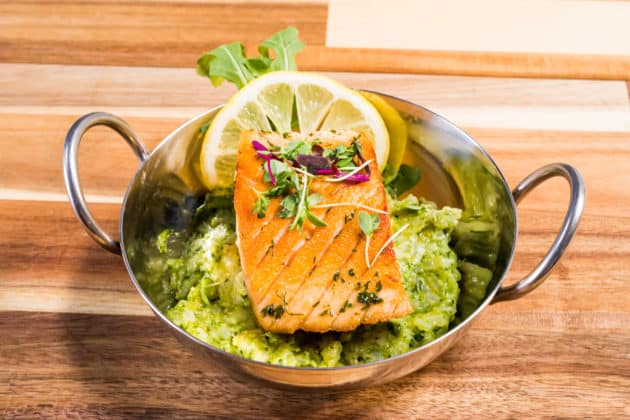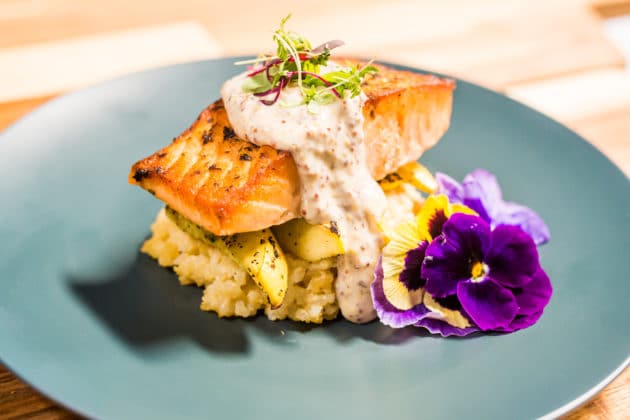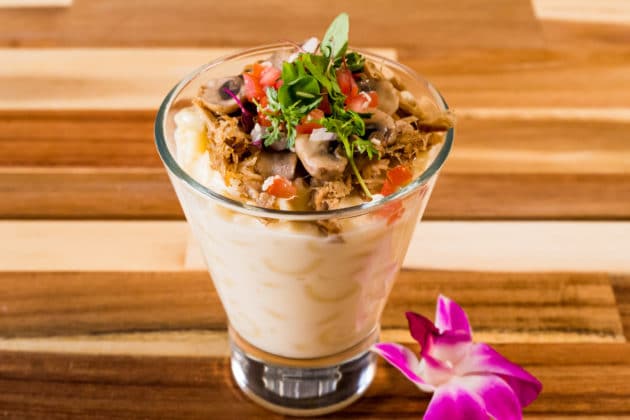Especially over the last decade, food presentation is crucial to marketing your product and services to the public. Between Instagram, Yelp, and other social media sites, clients are obviously drawn into an establishment by how the food looks. The science behind food presentation goes beyond just attracting customers. Studies from Oxford have shown quality food presentations enhance the taste and overall mindset of the customer! A well-thought-out food presentation stimulates appetites before the first bite and uses ingredient arrangement to harmonize flavor and textural complexity.
Even world-renowned culinary masters will tell you; you don’t need to be an artist to present your food like a professional. We’ve gathered our chefs and hounded them for their secrets of the trade. Check out their tips and tricks for the perfect plating presentation!
Plate Like The Pros!
From what we’ve gathered, the rules of plate presentation are that there are no fixed rules. However, there are several time-tested guidelines to consider.
- Remember, your plate is your canvas. (Dig deep for that artist’s flair and unleash what comes to mind!)
- Arrange food items using the rule of thirds. (Studies have shown that sectioning items into thirds will create the most pleasing arrangement to the human eye.)
- Entice the eyes with visual stimulants. (We’re not much better than birds, honestly. Think bright colors and shiny accents!)
- Use the sauce as paint for your plate. (Bring your brush strokes to the plate! Cooking utensils offer a wide variety of textures and painting possibilities.)
- Garnish to enhance both appearance and flavor. (Sauces in vibrant colors and delicious flavors can tie a whole meal together.)
Food Arrangement Techniques
- The Rule of Thirds – This is such a fascinating topic; we had to expand our description! This theory applies to videography, photography, and even fashion. Wherever you find a profession that relies on visually appealing to the masses, The Rule of Thirds comes into play. Humans seem to be naturally drawn to a grid pattern, much like a tic-tac-toe frame. The rule suggests that you place your subject along one of the four lines, or ideally at one of the four intersection points. When applied to cooking, the rule of thirds prescribes placing the focal point of your dish to either the left or right side of the plate rather than the center. Use white space by thinking of the rim as your frame and highlight your plate’s focal points.
- View Your Plate as a Clock – This option offers a complement to The Rule of Thirds. As you plate your ingredients, picture the face of a clock. From the diner’s point of view, your protein should be between 3 and 9, your starch or carbohydrate from 9 to 12, and your vegetable from 12 to 3.
- Don’t Overcrowd Your Plate – Often, when getting carried away by the presentation, artistic creativity can overshadow the main focus of the plate. Keep your design simple. Focus on the featured ingredient so that ingredient becomes what your customers will notice first. Having this focal point then helps arrange your accompanying items in a complimentary way.
- Moist Ingredients First – Plate moist ingredients first and prevent them from running by placing other foods on top. This pro tip comes from years of experience experimenting with speedy arrangements. For example, you can angle sliced meat against mashed potatoes, but trying it the other way around tends to look sloppy.
- Plan Flavorful Bites – Flavor bites are forkfuls of food that combine all the ingredients in your dish into one perfect bite. These are essential to quality plating as you show forethought in attempting to please your guests.
- Blend Textures – Contrasting a smooth vegetable puree with crunchy onion straws or topping a steak with crumbled blue cheese yields appealing texture combinations that are a staple in high-end cuisine.
Garnishing Tips
Now the main entree and sides are plated up; what will be your cherry on top? In the past, chefs casually threw a piece of kale and an orange slice onto every plate. However, these garnishes added nothing to the dish, and few guests ate them only to be disappointed. Modern garnishes are painstakingly selected to pair with the meal. The end goal is always that chase for that perfect flavor bite. Follow these garnishing techniques and guidelines to master the last step of food presentation.
- Edible Garnishes – As you finish plating, remember that anything you put on the plate should be edible and complement the dish. To determine whether a garnish belongs, ask yourself whether you would want it consumed in the same bite as the meal it accompanies.
- Intentional Placement – Never heap garnishes in one corner of the plate. Instead, disperse them thoughtfully to add color or texture throughout. For example, place crispy carrot shoestrings atop a delicate fish filet that has been nested in a curry sauce, then decorate the plate with pomegranate seeds. These colors and textures all work together to give the dish a broad range of delights for the eyes and mouth.
- Less Is More – If there were one strict rule to this process, it’d be this: Never clutter your plate for the sake of a garnish. If your plate is full, opt for a drizzle of flavor-infused vinegar or oil to enhance the taste and appearance of your dish without overcrowding your plate.
- Garnishes to Avoid – Avoid using unappetizing garnishes like raw herbs, large chunks of citrus, and anything with a strong odor. These would overpower anything else in your flavor bite and ruin the dish for your guests. Also, for speedy service, try to avoid garnishes that take a long time to apply.
